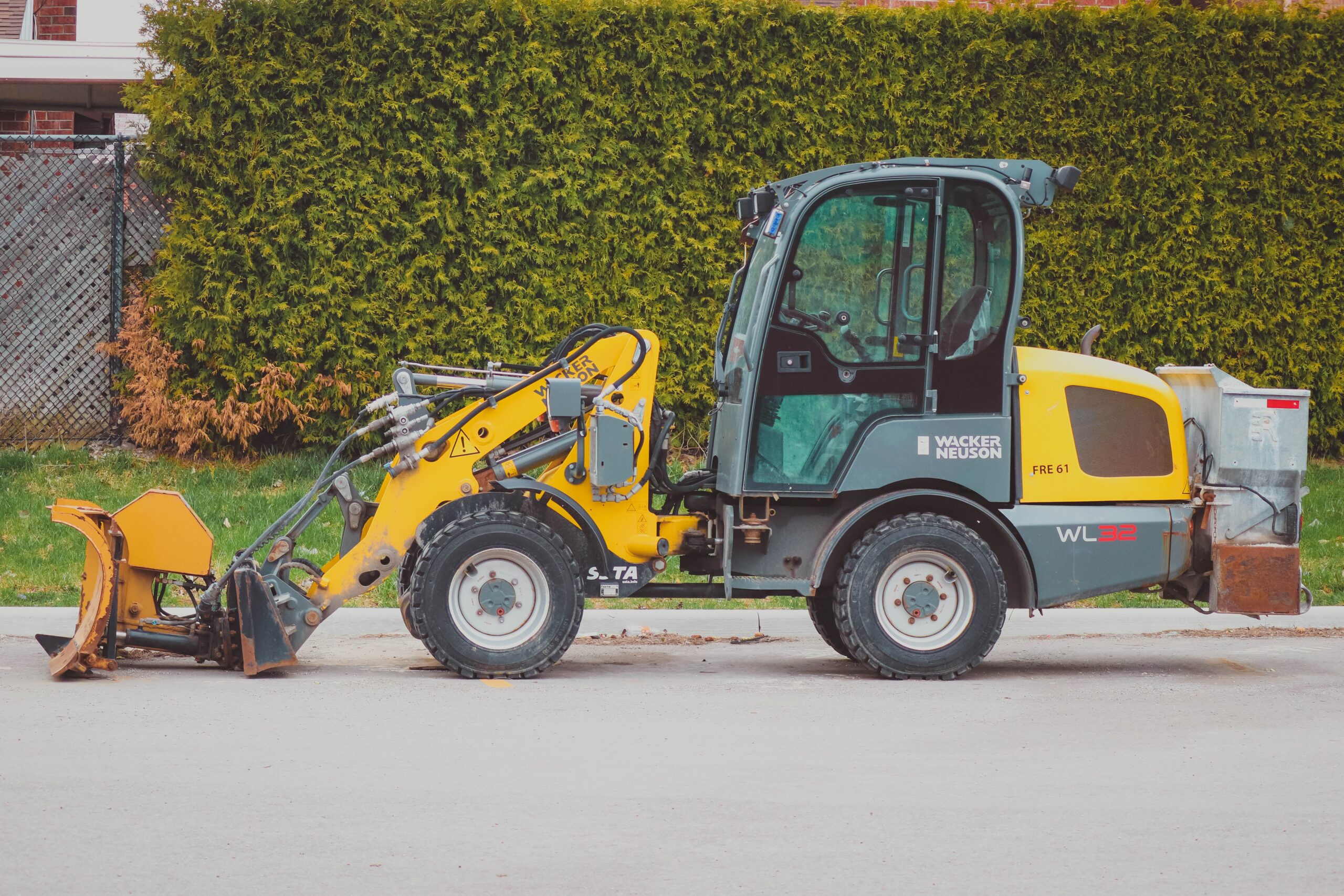In this article, we will explore the essential steps to ensure the safety of your well water during construction and excavation activities. It is crucial to understand the potential risks and take necessary precautions to protect your water source. By following these guidelines, you can maintain the integrity and cleanliness of your well water throughout the construction process. Let’s dive in and discover the best practices for safeguarding your well water during these activities.
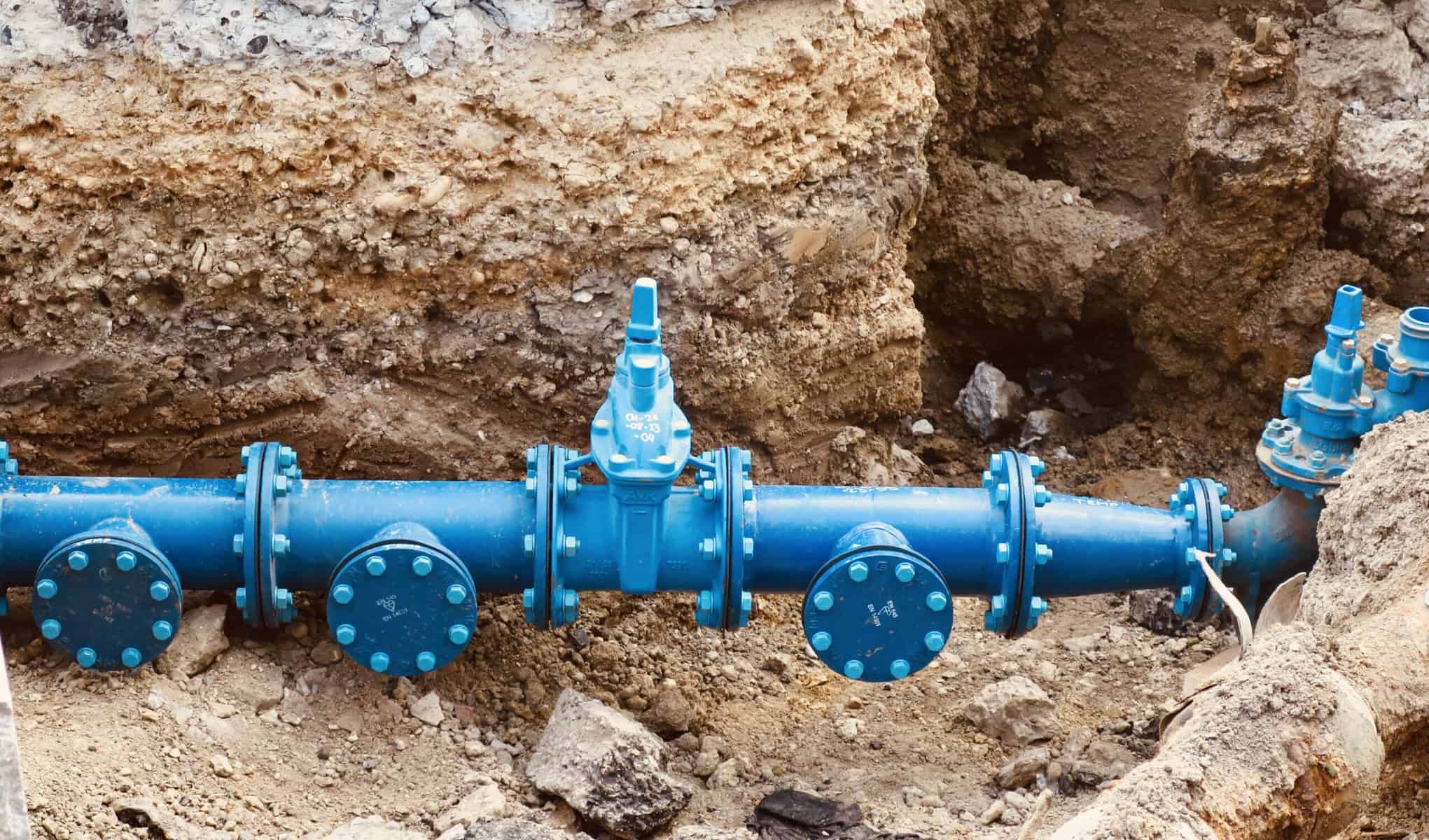
Create a Construction and Excavation Plan
Construction and excavation activities can pose potential risks to well water safety if not properly managed. Therefore, it is important to create a comprehensive plan that identifies the location of the well, assesses potential risks, and develops strategies to mitigate those risks.
Identify the location of the well
Before beginning any construction or excavation work, it is crucial to accurately identify the location of the well. This will ensure that the activities are carried out at a safe distance from the well and its water source. Clear documentation and marking of the well’s location will help prevent accidental damage and contamination.
Assess the potential risks to the well water
Once the well’s location is established, a thorough assessment of potential risks should be conducted. This assessment should include factors such as the proximity of construction activities to the well, the type of construction materials and equipment being used, and the presence of any hazardous substances or contaminants nearby. Identifying these risks will enable proactive measures to be implemented to protect the well water.
Develop a plan to mitigate risks
Based on the assessment of potential risks, a detailed plan should be developed to mitigate those risks and ensure the safety of the well water. This plan may include steps such as implementing erosion control measures, establishing clear boundaries to prevent unauthorized access, protecting the well with temporary barriers, and covering the wellhead to avoid contamination. Each risk identified should have a corresponding action plan to minimize potential hazards.
Implement Protective Measures
To ensure the ongoing safety of well water during construction and excavation activities, it is crucial to implement protective measures that prevent contamination and damage.
Install adequate erosion control measures
One of the key risks during construction and excavation is the potential for erosion, which can lead to sediment runoff and contamination of well water. To prevent this, it is important to install adequate erosion control measures such as sediment basins, silt fences, and straw bales. These measures will help to filter out sediment and prevent it from entering the well water.
Establish clear boundaries to prevent unauthorized access
Unauthorized access to construction or excavation sites can pose a threat to well water by introducing contaminants or causing damage. Establishing clear and visible boundaries around the well and construction area will help prevent unauthorized access. Signage and fencing can be used to clearly indicate restricted areas, ensuring that only authorized personnel have access.
Protect the well with temporary barriers
During construction and excavation activities, it is essential to protect the well itself from potential damage. Temporary barriers should be installed around the wellhead to prevent accidental hits from construction equipment or falling debris. These barriers can be made of sturdy materials such as plywood or metal, ensuring that the well remains protected throughout the project.
Cover the wellhead to avoid contamination
To further safeguard the well water, it is recommended to cover the wellhead with a watertight and secure cap. This will prevent any potential contaminants, such as dust, debris, or chemicals, from entering the well. The cover should be properly sealed to ensure no leakage or seepage occurs.
By implementing these protective measures, the risk of contamination or damage to the well water during construction and excavation activities can be significantly reduced.
Monitor Water Quality Regularly
To ensure the ongoing safety of well water during construction and excavation activities, regular monitoring of water quality is essential. This involves conducting pre-construction water testing, monitoring water quality during construction, performing post-construction water testing, and maintaining a record of water quality data.
Conduct pre-construction water testing
Before commencing any construction or excavation work, it is crucial to conduct a baseline water quality test. This test will provide valuable information about the current state of the well water and establish a reference point for comparison throughout the project. Pre-construction testing should include analysis for various parameters such as pH, turbidity, bacteria, and chemical contaminants.
Monitor water quality during construction
During the construction and excavation activities, regular monitoring of the well water should be carried out. This will help identify any potential changes or contamination that may occur as a result of the ongoing work. Monitoring can be done through periodic water sampling and analysis to ensure that the water quality remains within acceptable limits.
Perform post-construction water testing
Once the construction and excavation activities have been completed, it is important to conduct post-construction water testing to assess the impact, if any, on the well water quality. This final test will help determine if any contaminants were introduced during the project and if any remedial actions are required.
Maintain a record of water quality data
Throughout the construction and excavation project, it is essential to maintain a detailed record of all water quality data. This includes the results of the pre-construction, monitoring, and post-construction water tests. This record will serve as a valuable resource for future reference and comparison, providing a comprehensive overview of the well water’s safety and quality.
Utilize Safe Construction Practices
Implementing safe construction practices is vital in maintaining well water safety during construction and excavation activities. This involves following proper construction site hygiene, preventing equipment and material contamination, and minimizing excessive vibration and ground disturbance.
Implement proper construction site hygiene
Maintaining proper hygiene practices at the construction site is essential to prevent the introduction of contaminants into the well water. This includes providing adequate sanitation facilities for workers, ensuring proper waste disposal, and promoting good personal hygiene practices. Regular site cleaning and the use of designated wash stations can help minimize the risk of contamination.
Prevent equipment and material contamination
Construction equipment and materials can potentially introduce pollutants or hazardous substances into the well water if not properly managed. It is important to store equipment and materials away from the well to prevent accidental leaks, spills, or contamination. Proper handling and storage procedures should be followed to ensure the integrity of equipment and materials used during the project.
Avoid excessive vibration and ground disturbance
Excessive vibration and ground disturbance during construction and excavation can disrupt the integrity of the well and its surrounding aquifer. Careful planning and execution of activities should be carried out to minimize vibrations and ground disturbances near the well. Proper techniques such as controlled blasting or alternative excavation methods may be employed to reduce the risk of damage.
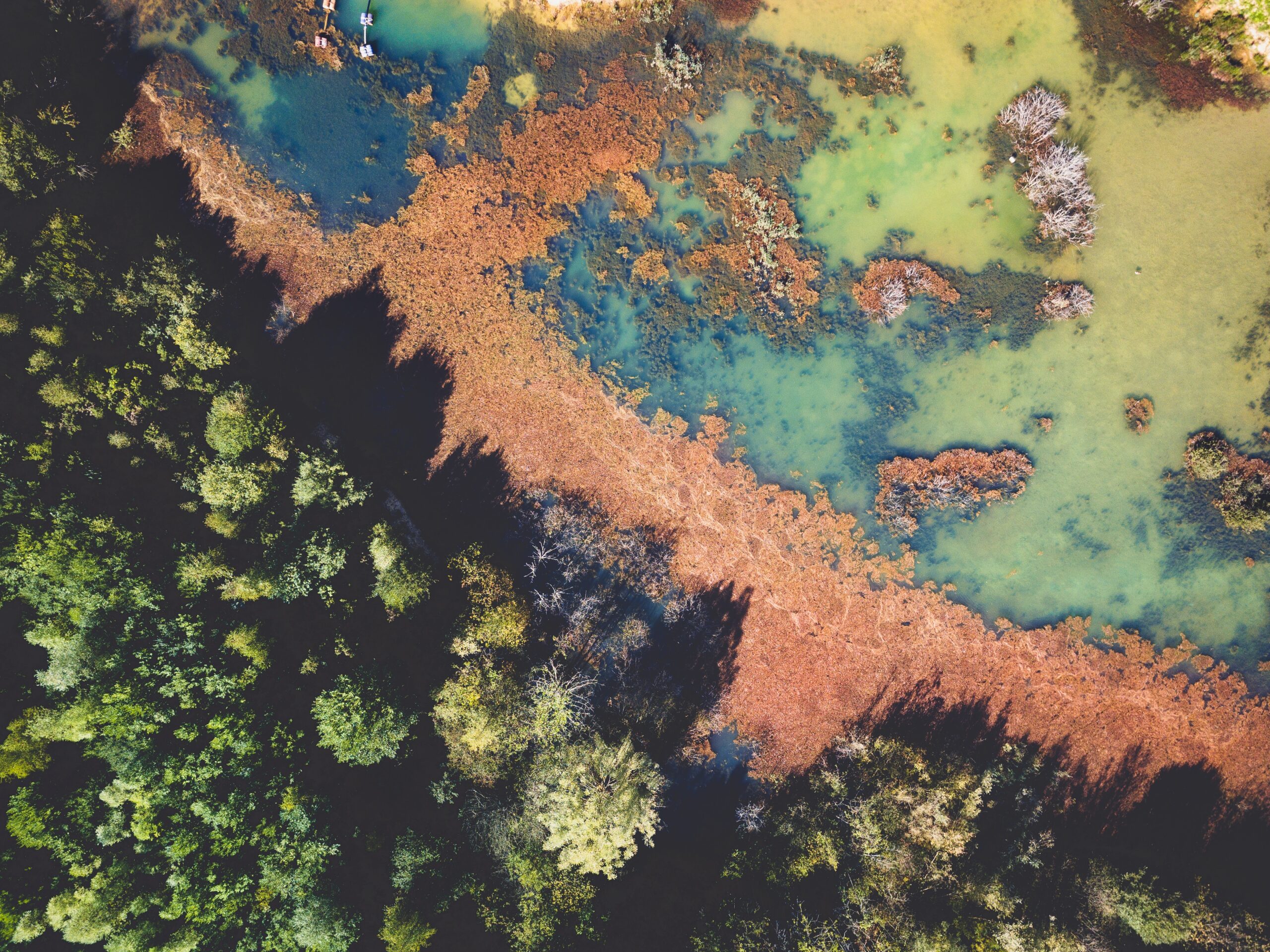
Prevent Surface Runoff Contamination
Surface runoff can be a significant source of contamination for well water during construction and excavation activities. Implementing measures to prevent surface runoff and control sedimentation is crucial in maintaining well water safety.
Direct surface runoff away from the well
To prevent surface runoff from entering the well, it is important to ensure that all drainage channels and paths direct water away from the well. This can be achieved by carefully planning the grading and sloping of the construction site to divert water away from the well’s location. Properly designed diversion channels or swales can be utilized to direct runoff to appropriate drainage systems.
Use sediment control devices and barriers
To retain sediment on-site and prevent it from reaching the well water, sediment control devices and barriers should be implemented. These can include silt fences, sediment basins, straw bales, or sediment traps. These measures will help capture sediment and prevent it from being carried away by surface runoff.
Implement proper drainage systems
Properly designed and maintained drainage systems are essential in preventing surface runoff contamination. Constructing and maintaining effective drainage systems, such as ditches or culverts, will help ensure that runoff is managed appropriately and does not impact the well water. Regular inspections and maintenance of these systems should be conducted throughout the project to ensure their effectiveness.
Handle Chemicals and Fuel Properly
During construction and excavation activities, the proper handling of chemicals and fuel is essential to prevent contamination of the well water.
Store chemicals and fuel away from the well
Chemicals and fuel should always be stored away from the well and its immediate surroundings. Proper storage areas should be designated, ensuring that these hazardous materials are kept at a safe distance from the well to minimize the risk of leaks or spills contaminating the water supply. These storage areas should be secure, well-ventilated, and properly labeled.
Secure all containers and prevent leaks
It is crucial to securely fasten all containers holding chemicals and fuel to prevent accidental spills or leaks. Containers should be properly sealed and stored in a way that minimizes the risk of damage or puncture. Regular inspections of these containers should be conducted to ensure their integrity and prevent any potential contamination.
Handle and dispose of hazardous materials safely
Proper protocols for handling and disposing of hazardous materials should be strictly followed. This includes using appropriate safety equipment, such as gloves and goggles, during handling. Any waste generated from construction or excavation activities should be disposed of in accordance with local regulations and guidelines to ensure minimal impact on the well water.
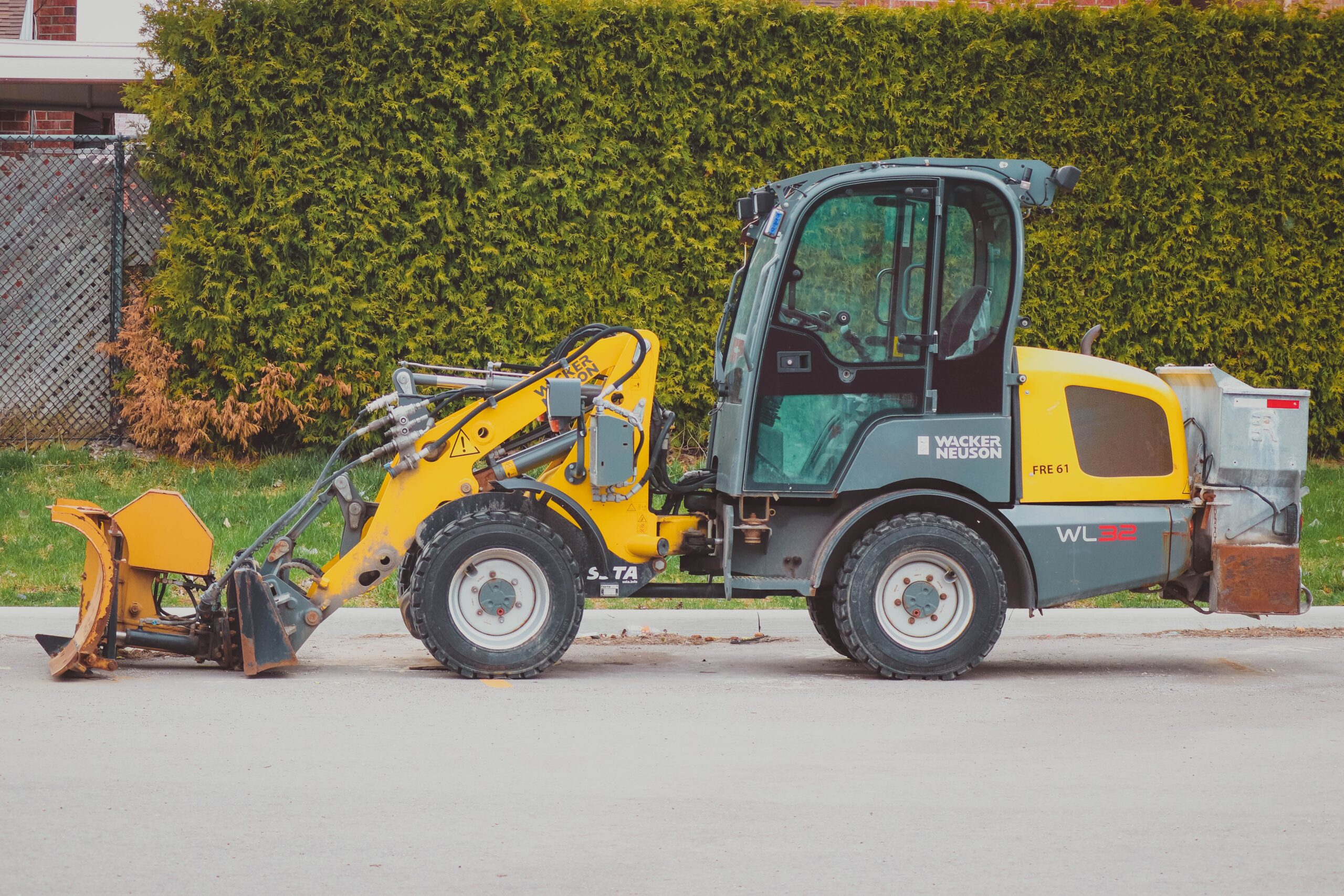
Educate Workers on Well Water Safety
Proper education and training of workers is essential in maintaining well water safety during construction and excavation activities. By raising awareness and providing training on well protection measures, potential contaminants, and the importance of proper hygiene, workers can actively contribute to maintaining well water safety.
Provide training on well protection measures
All workers involved in the construction and excavation project should receive comprehensive training on well protection measures. This includes understanding the location of the well, recognizing potential risks, and following established protocols to prevent contamination. Training sessions should be conducted regularly, ensuring that all workers are up to date with the latest safety procedures.
Raise awareness about potential contaminants
Educating workers about potential contaminants is crucial in preventing their introduction into the well water. Workers should be aware of the various types of contaminants that could be present at the construction site and the negative impact they can have on the well water. This awareness will help them identify and report any potential hazards promptly.
Emphasize the importance of proper hygiene
Maintaining good personal hygiene practices is vital in preventing contamination of the well water. Workers should be reminded of the importance of proper handwashing, using designated wash stations, and avoiding activities that can introduce contaminants. Regular reminders and signage can help reinforce the significance of proper hygiene throughout the project.
Establish Emergency Preparedness
In the event of an emergency or unforeseen circumstances during construction and excavation activities, it is essential to have an emergency response plan in place. This plan should include identifying emergency contacts and resources, as well as training workers on emergency procedures.
Develop an emergency response plan
An emergency response plan should be developed and clearly communicated to all workers involved in the project. This plan should outline procedures to be followed in the event of a spill, equipment failure, or any other emergency that may pose a risk to well water safety. It should also include evacuation procedures and emergency contact information.
Identify emergency contacts and resources
Key emergency contacts and resources should be identified and readily available to all workers. This includes contact information for local authorities, emergency response services, and any specialized resources that may be required in case of an emergency. Access to necessary equipment and materials for containment and cleanup should also be included in the plan.
Train workers on emergency procedures
All workers should receive thorough training on emergency procedures and their specific roles in the event of an emergency. This training should include activities such as spill response, equipment shutdown protocols, and evacuation procedures. Regular drills and updates on emergency procedures should be conducted to ensure workers are prepared and confident in their ability to respond effectively.
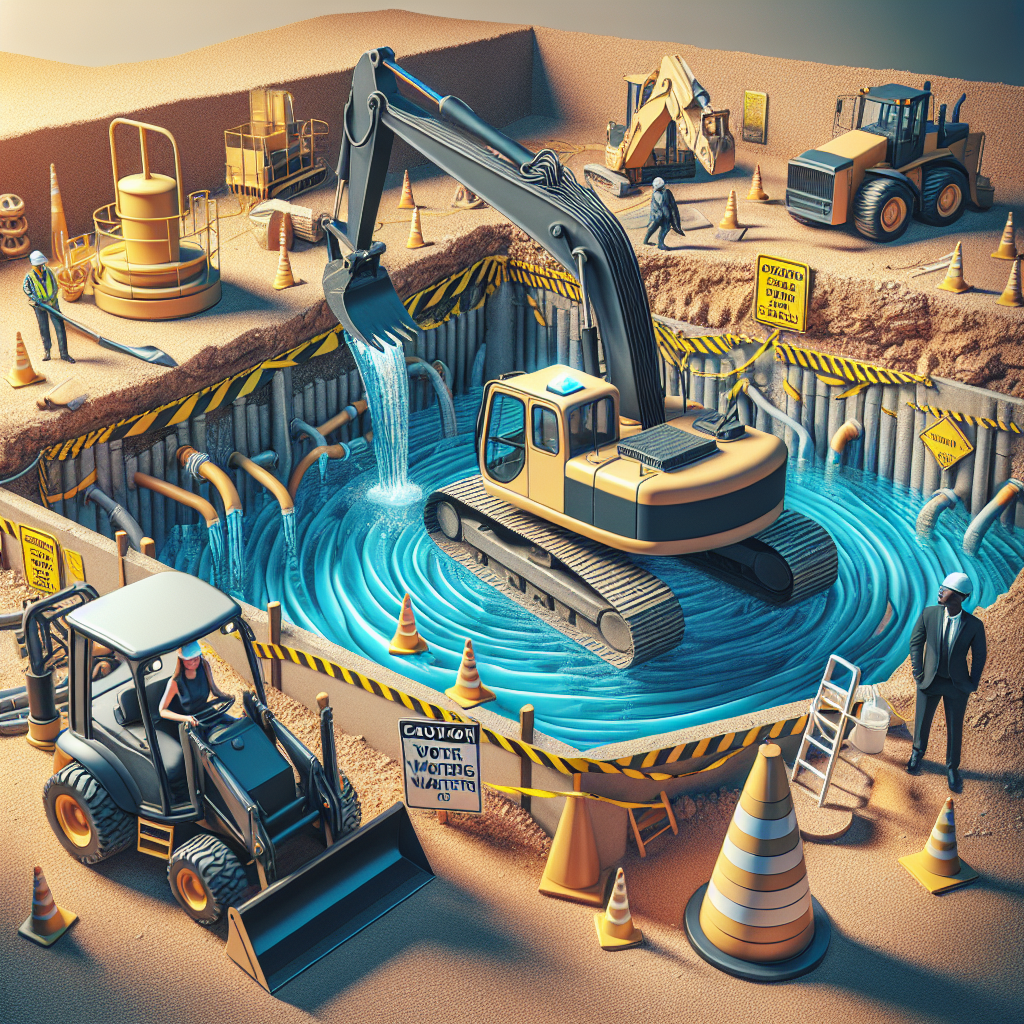
Work with Qualified Professionals
To ensure the highest level of well water safety during construction and excavation activities, it is crucial to seek guidance and assistance from qualified professionals. Consulting with well and construction experts, seeking advice from hydrogeologists or engineers, and engaging certified well contractors or drillers will provide valuable expertise.
Consult with well and construction experts
Seeking the advice of professionals who specialize in well construction and excavation is highly recommended. These experts can provide insights on best practices, potential risks, and specific techniques to protect the well water throughout the project. Their guidance will help ensure that the work is carried out safely and in compliance with relevant regulations.
Seek advice from hydrogeologists or engineers
Hydrogeologists or engineers with expertise in groundwater and well systems can provide valuable input on well water safety during construction and excavation. They can assess potential impacts, recommend appropriate protective measures, and assist in monitoring and evaluating the impact of the project on the well water. Their expert knowledge will contribute to the overall success and sustainability of the project.
Engage certified well contractors or drillers
When conducting any construction or excavation activities near a well, it is essential to engage certified well contractors or drillers who understand the importance of maintaining well water safety. These professionals are trained in proper well construction practices and have the knowledge and experience to ensure that the well remains protected throughout the project. Their expertise will help minimize the risk of contamination or damage to the well water.
Comply with Regulatory Requirements
Compliance with regulatory requirements is crucial in maintaining well water safety during construction and excavation activities. It is important to obtain necessary permits and approvals, adhere to construction and excavation regulations, and follow guidelines provided by local authorities.
Obtain necessary permits and approvals
Before commencing any construction or excavation work near a well, it is imperative to obtain all necessary permits and approvals from the appropriate regulatory authorities. These permits ensure that the project meets local regulations and guidelines, taking into account concerns related to well water safety. Compliance with these requirements demonstrates a commitment to maintaining the integrity of the well water.
Adhere to construction and excavation regulations
Construction and excavation activities are often subject to specific regulations and guidelines. These regulations may include rules on erosion control, equipment operation, waste management, and safety protocols. Adhering to these regulations not only ensures well water safety but also helps maintain a safe and responsible working environment for all involved.
Follow guidelines provided by local authorities
Local authorities may provide specific guidelines or recommendations to ensure the protection of well water during construction and excavation activities. It is important to familiarize oneself with these guidelines and incorporate them into the project plan. Following these guidelines will help prevent potential risks and maintain good relations with the authorities responsible for overseeing the project.
In conclusion, maintaining well water safety during construction and excavation activities requires careful planning, implementation of protective measures, regular monitoring, adherence to safe practices, prevention of surface runoff contamination, proper handling of chemicals and fuel, worker education, emergency preparedness, collaboration with qualified professionals, and compliance with regulatory requirements. By following these guidelines and taking appropriate measures, the integrity of well water can be maintained and protected throughout construction and excavation projects.

